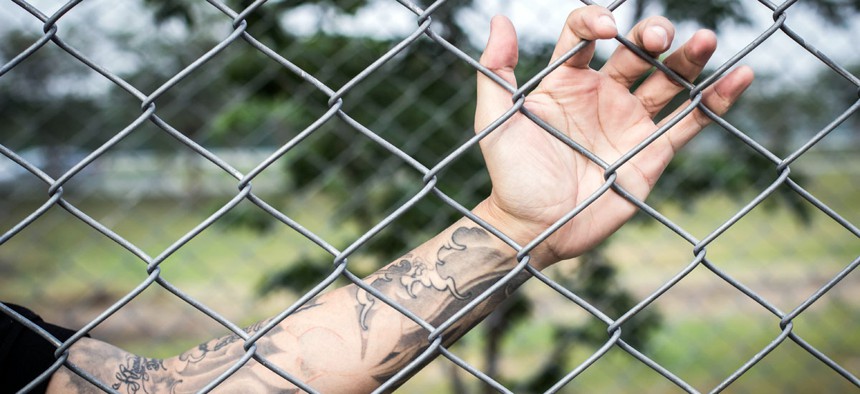Tattoo Algorithms Could Soon Help Identify Criminals

Khomkrit Phonsai/Shutterstock.com
A newer system might use image recognition, instead of verbal descriptions of tattoo designs, to identify individuals or find patterns.
About one-fifth of American adults have tattoos -- the rate is higher among criminals -- and the National Institute of Standards and Technology is looking for algorithms that can tell a "Mom" tattoo from a gang symbol.
Current tattoo catalogs are based on keywords, with increasingly varied tattoo designs requiring multiple descriptions and keywords. Keywords and labels might vary depending on the examiner's interpretation of the design.
This week, several teams from academia and industry test-drove automated, image-based tattoo recognition algorithms, which could eventually help law enforcement identify criminals and victims of mass disasters such as tsunamis and earthquakes based on their tattoos.
As part of a tech challenge requested by the FBI's Biometric Center of Excellence, groups were asked to report on their algorithms' ability to:
- Identify visually similar tattoos -- possibly related -- from different subjects;
- Different instances of the same tattoo image from the same subject over time;
- Visually similar or related tattoos from sketches, scanned print, computer graphics, or natural images; and
- Determining whether an image contained a tattoo or not, among other capabilities.
All teams were using the same government database of tattoo images, provided by the FBI.
Participants included image science company Compass Technical Consulting; the Fraunhofer Institute of Optronics, System Technologies and Image Exploitation; the French Alternative Energies and Atomic Energy Commission; nonprofit research organization MITRE; security and biometric tracking technology company MorphoTrak; and Purdue University.
While "the state-of-the-art algorithms fared quite well in detecting tattoos, finding different instances of the same tattoo from the same subject over time, and finding a small part of a tattoo within a larger tattoo," NIST computer scientist Mei Ngan said in an agency blog post, what needs more work is identifying visually similar tattoos on different people, and picking out a tattoo from a sketch or other nonphotographic images.
(Image via Khomkrit Phonsai/ Shutterstock.com)
NEXT STORY: The Promise of Wearables in Law Enforcement





